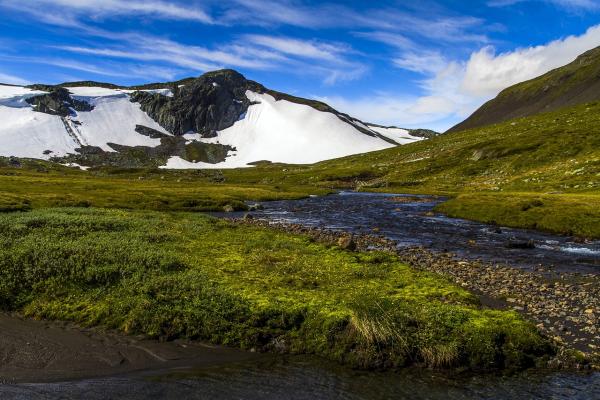Climate Change and Its Impact on Iron and Phosphorus Dynamics in Arctic Tundra Ecosystems

In a recent study published in the American Chemical Society's Environmental Science & Technology journal, researchers investigated how iron can inhibit the transfer of phosphorus, a nutrient needed for productive aquatic habitats, within Arctic tundra ecosystems.
The findings highlight the crucial role of iron-oxidizing bacteria, which produce the iron that effectively binds phosphorus. In contrast, the researchers studied areas disturbed by gravel mining and did not find these iron-oxidizing bacteria, nor did they find the iron and phosphorus bound together.
Alex Michaud, principal investigator at the Byrd Center, assistant professor in the School of Earth Sciences at The Ohio State University, and member of the Polar Geomicrobiology Group, was a co-author of the study.
The study reveals that physical disturbances significantly alter the soil's mineralogical composition and impact the mechanisms that control the movement of bioavailable phosphorus into aquatic ecosystems.
This research highlights the potential broad ecological consequences of landscape changes—whether from mining or climate change—on the biogeochemical cycles of the Arctic tundra. It underscores the importance of biogenic iron-rich mats, layers of microorganisms that are essential interfaces in nutrient cycling, and their vulnerability to human and natural disturbances.
For further details, visit the American Chemical Society's Environmental Science & Technology journal.
